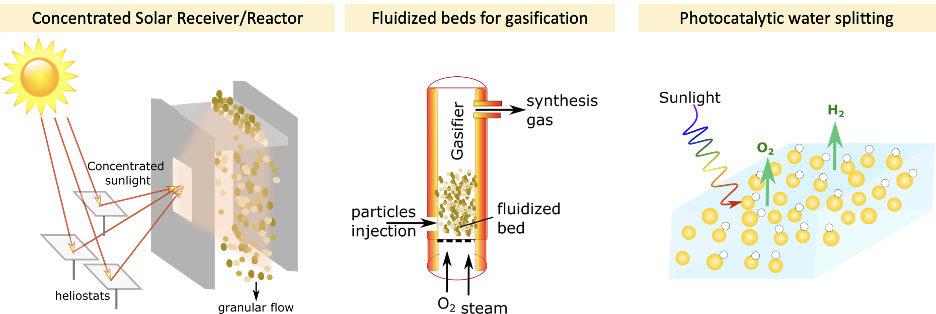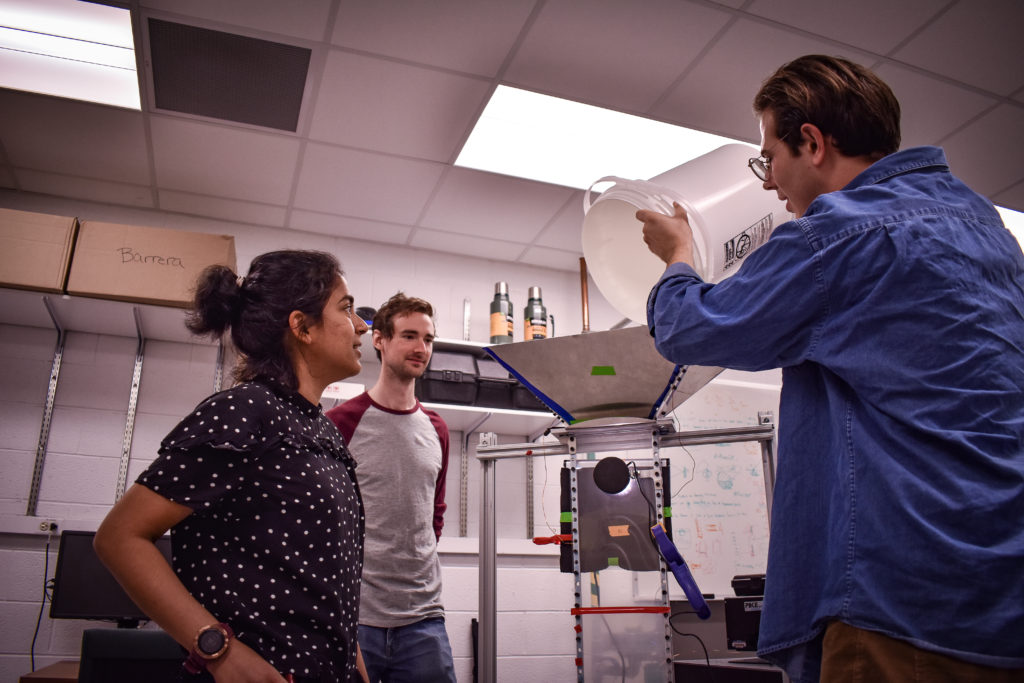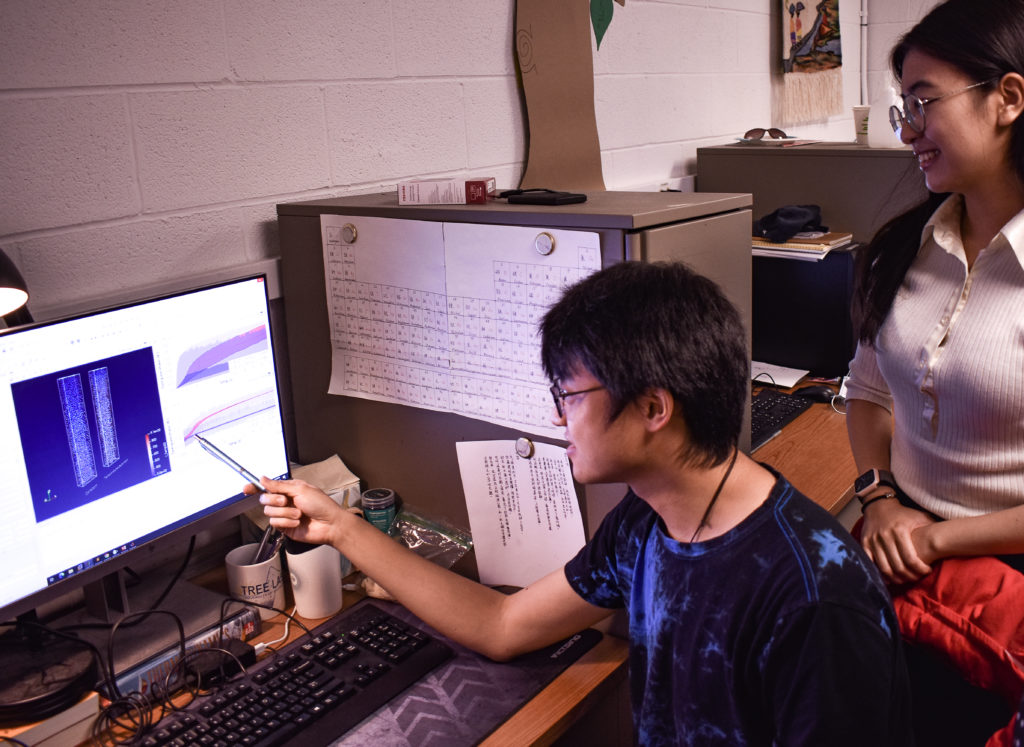
From the hues of sunrises and sunsets to solar cells and night vision cameras, energy transported as radiation pervades our everyday lives. Emitted and transported as light (i.e., photons and electromagnetic waves), energy as thermal radiation from the Sun warms our planet, just as fireplaces do our cabin dens. Thermal radiation is not only ubiquitous but fundamental to life on earth and becomes especially important for heat-transfer devices (e.g., furnaces) as temperatures increase and/or when there is no medium present for heat transfer (e.g., evacuated conditions, space technologies).
The term for this phenomenon is radiative energy transport. Radiative energy transport enables thermal radiation in sunlight to transform into electricity, heat, and chemical energy for an array of modern, solar devices, like solar cells, solar cookers, solar water heaters, and solar reactors.
Rohini Bala Chandran, Assistant Professor of Mechanical Engineering, has received a 2022 NSF CAREER Award to characterize, model, and measure radiative energy transport under varying conditions. Her proposal, titled “Understanding Radiative Transport in Flowing and Reactive Participating Media with Integrated Models and Measurements,” seeks to develop and deploy predictive models integrated with experimental measurements to establish a more fundamental and holistic understanding of flow-radiation-reaction interactions in various thermal and solar energy systems.
Dr. Bala Chandran’s proposal will focus specifically on dynamic systems which involve radiative energy transport in flowing and reactive particles. Particle flow systems, for instance, due to gravity inside a channel or fluidization of solids, result in continually evolving spatial distributions of particles within the channel, which impacts how radiation will interact with these particles. Chemical reactions, too, can affect size, shape, particle concentration, and properties of a material. All of these factors can influence absorption, emission, and scattering mechanisms for radiative transport. These variables, therefore, make developing models of radiative transport significantly challenging.

Using probabilistic and deterministic techniques, Dr. Bala Chandran’s group will simulate radiative energy transfer through several materials, flow configurations, and reacting systems using advanced computational modeling. These simulations will be connected to data from real experiments and reduced-order, computationally lightweight models. These analyses will provide a more comprehensive understanding of radiative heat transfer and will specifically develop generalized correlations to determine radiative transport and heat transfer as a function of flow regimes, material properties, and reactions.
In experimental campaigns, Dr. Bala Chandran’s team will measure particle temperatures in several materials, while those particles are in motion, using high-speed thermal imaging and pyrometry, through which temperatures are obtained from the thermal radiation (brightness) emitted from those particles. These measurements will provide insights into how properties of individual and groups of particles can be modified to improve radiative and overall energy transport. Knowledge gained from this work will fast-track the development of new materials and reactors involving thermal radiation.

In addition to her research plan, Professor Bala Chandran has developed an integrated education and outreach plan, in partnership with the University of Michigan’s Museum of Natural History, aimed at increasing literacy and excitement for solar energy technologies, especially amongst women and underrepresented middle- and high school-aged students in Michigan. This will be accomplished through training in scientific communication for graduate students, community outreach with interactive demonstrations, and curriculum development for middle schoolers in Ypsilanti.
When asked how she feels about receiving this honor, Dr. Bala Chandran said, “I am very thrilled and really grateful for this opportunity to work on a fundamental challenge in the thermal sciences community. My research group is at the forefront of performing direct numerical simulations and experimental evaluations of radiative transport for solar and thermal energy systems. What is also really exciting is that the discoveries and the deep understanding gained from this effort will have a substantial effect to boost performance of a host of current and next-generation solar and thermal technologies.”
Congratulations, Dr. Bala Chandran.
Dr. Bala Chandran’s group features five UM-ME students, Bingjia Li – PhD Candidate, radiative transport modeling; Zijie Chen – PhD Candidate, radiative transport modeling; Mike Mayer – PhD Candidate, radiative transport and thermal measurements; Brandon Surghigh – Undergraduate student, radiative transport and thermal measurements; and Theo Rulko – Undergraduate student, experimental multiphase flow measurements.
